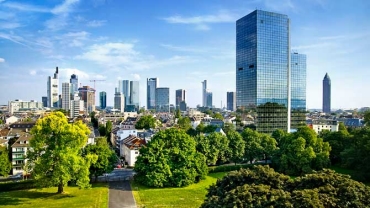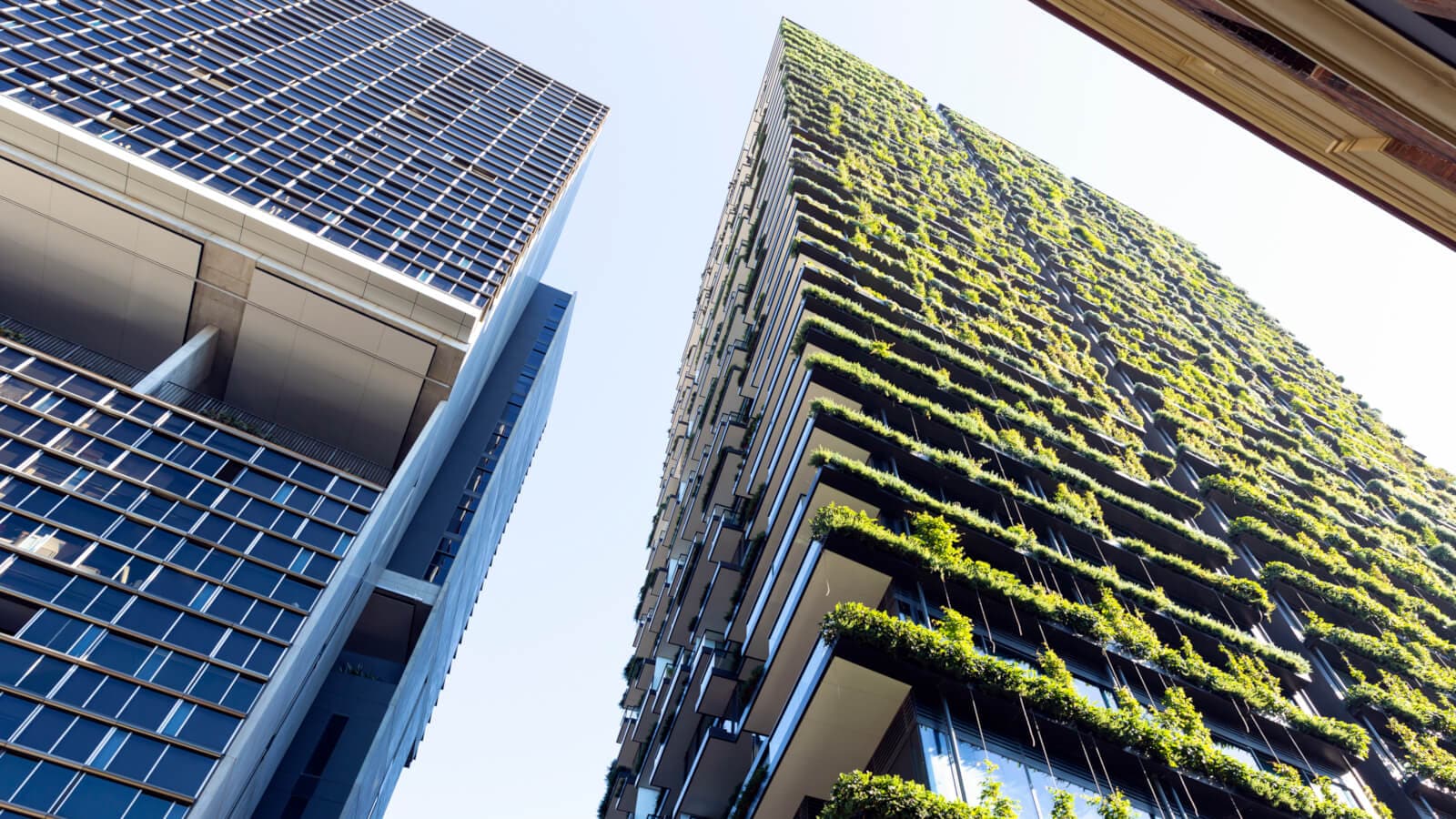
Converting construction waste into building materials, closing material and energy loops, and providing building concepts for flexible use: Many circular economy strategies offer enormous potential for the buildings and construction industry as well as the real estate sector. They are facing a profound transformation to meet social and ecological challenges. On the one hand, global population growth and rapid urbanisation lead to an increased number of construction projects in the medium and long term.
On the other hand, this has drastic effects on the environment. According to UNEP and IEA studies, the construction industry already accounts for 40 % of global greenhouse gas emissions and at the same time a high proportion of primary resource consumption. The consequence? It is inevitable for the entire industry to establish raw material, energy and material cycles that go far beyond recycling.
Your expert for questions

Emanuel Chibesakunda
Partner at PwC Deutschland
Tel: +49 175 3516769
Email
The buildings and construction sector is undergoing major changes
The buildings and construction industry is currently undergoing a series of dynamic developments: “Green” and recyclable buildings are expected to pave the way to a more sustainable future in the industry, while digital technologies are not only revolutionizing the construction process itself, but also promoting the urgency of connected smart cities in the future. In addition, approaches such as prefabrication and modular construction methods are setting new standards for efficiency and flexibility. However, construction companies are also facing significant challenges, particularly due to bottlenecks in the supply of raw materials and construction materials along with high demands along the entire value chain.
High demand + scarce raw materials = big impact
An example: the mixture of cement, water, sand, and gravel has come a long way before it is used in foundations, walls, and pillars. A particularly energy-intensive step with a high environmental impact is cement production. In this process, limestone is burned at over 1600° C. This not only costs a lot of energy, but also causes additional emissions because the subsequent deacidification releases high amounts of CO2. According to a study by “Thinktank Beyond Zero Emissions”, cement production is responsible for around 8 % of global CO2 emissions. In addition, the extraction of sand and gravel affects landscapes and ecosystems. Construction sand, which only occurs naturally, is also becoming increasingly scarce due to both high demand and excessive quarrying.
Download the white paper now
Circular Economy: an opportunity for the buildings and construction sector
High levels of responsibility result in great leverage
The tension between processes with high environmental impact, increasingly scarce raw materials and simultaneously exploding demand indicates a high potential for circularity strategies. Studies support this: according to the “Circularity Gap Report 2021”, the construction sector offers the greatest savings potential in terms of both material and emission reduction (57 % and 50 %, respectively) compared to the fields of mobility, food and beverage, and consumer goods. To ensure that investors and builders will not be surprised by bottlenecks in the future, it is worthwhile to adopt appropriate sustainability strategies just now.
Taking proactive action today also pays off in terms of tomorrow's regulatory landscape. The UN Sustainable Development Goals (SDGs) are already influencing many industry practices, such as climate change and ocean acidification, land use change, biodiversity loss, and resource scarcity. In addition, the buildings and construction industry is one of the key sectors of the Climate Action Enhancement Package (CAEP) and the EU Taxonomy (4th Environmental Goal). Companies must expect the corresponding regulatory framework to become even stricter in the future.
Considering the alarming numbers and potentially further tightened legislation in the future, it is not enough to minimise CO2 emissions as well as energy consumption in production and processes. In contrast, the industry must set itself the goal of documenting and closing raw material, waste, and energy loops as completely as possible. Only when combined with a consistent cradle-to-cradle approach, new manufacturing processes and building materials develop their full potential. In our white paper, we show how far the construction industry has already come in terms of circular business models, which opportunities it can apply for climate protection, and which challenges it still faces along the way.

Event series – The potential of the Circular Economy
In the realm of environmental responsibility, the idea of the circular economy challenges us to think differently, to design long-lasting products and to create regenerative systems. Implementing circular strategies involves a variety of approaches; the strategies used depend on the circumstances and characteristics of the individual markets and companies concerned. Our event series aims to provide guidance to select the adequate circular strategy for your company, show you how to overcome hurdles in the implementation and highlight best cases.
Download the white paper now
Circular Economy: an opportunity for the buildings and construction sector
Do you have any questions?
Contact our experts
Contact us


Partner, Real Assets Financial Services & Sustainability Consulting, PwC Germany
Tel: +49 160 7181284








